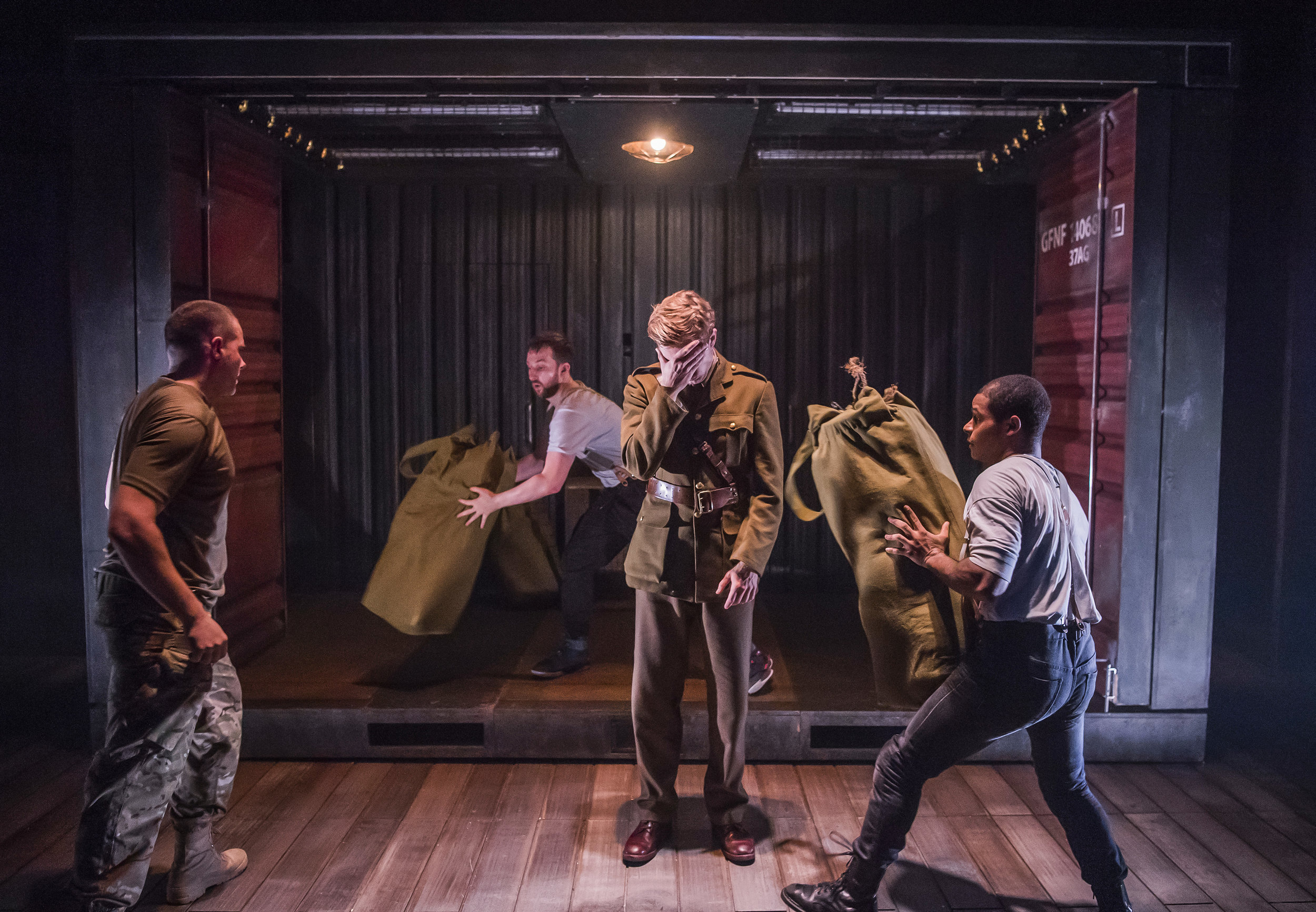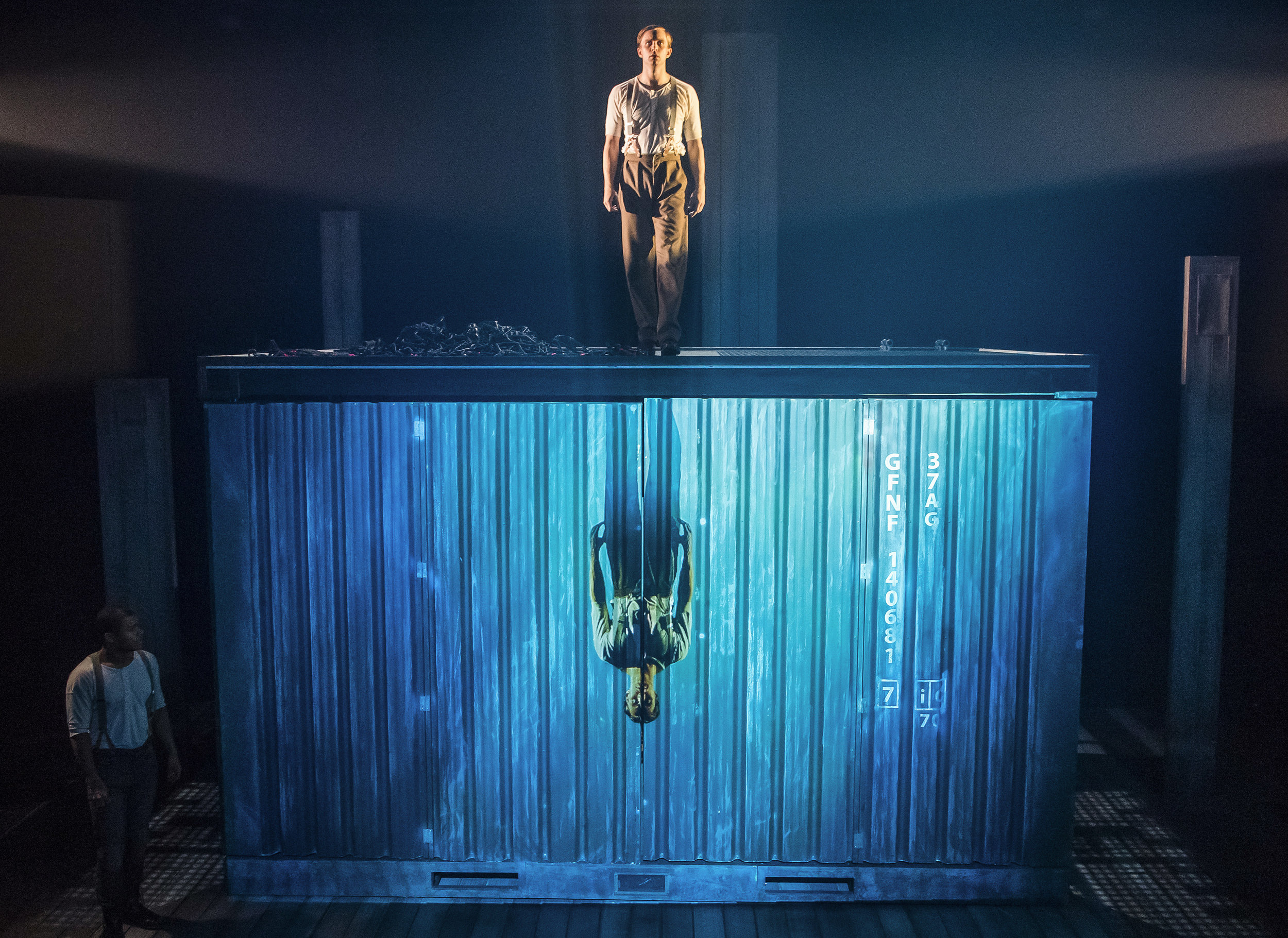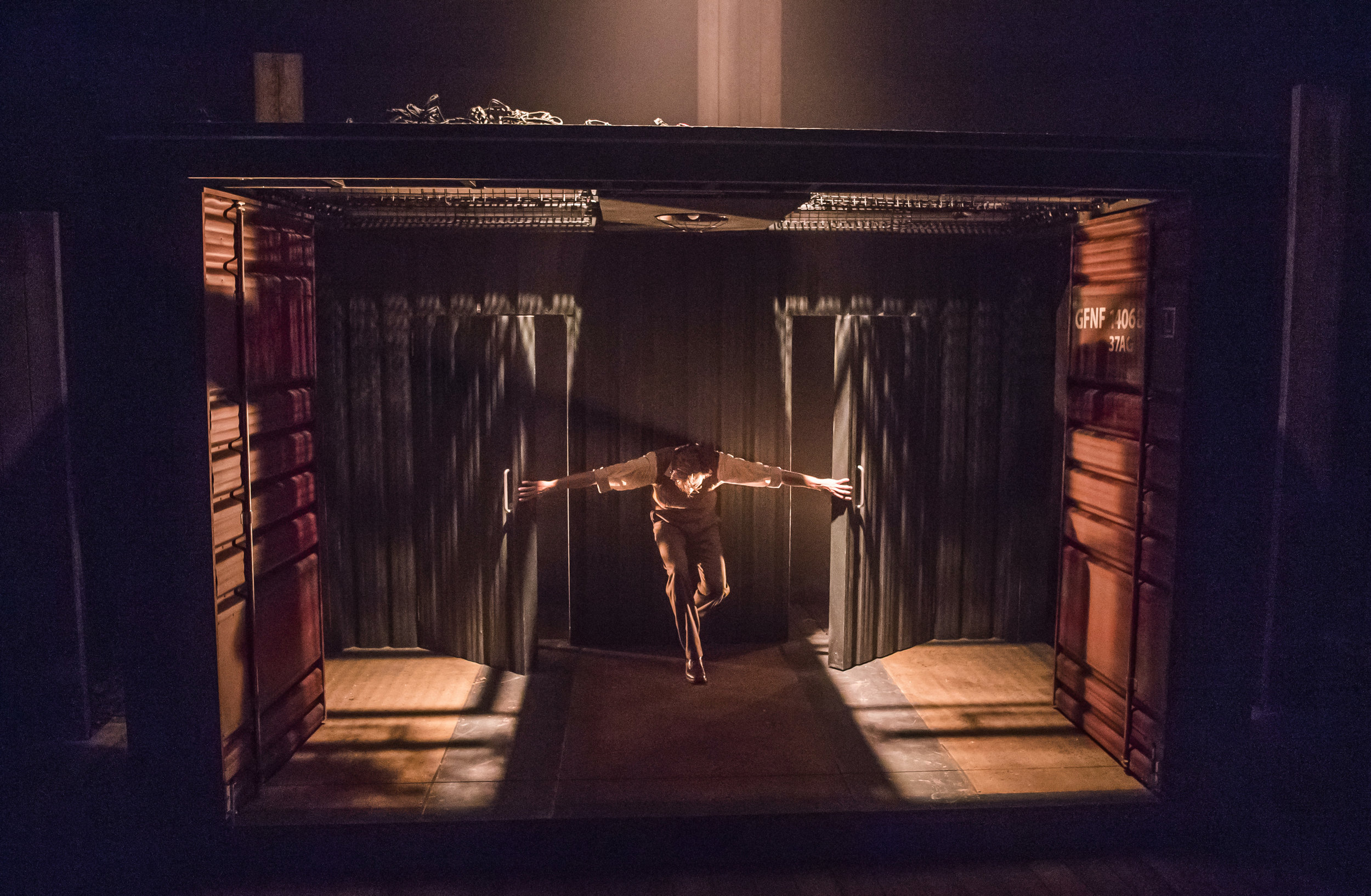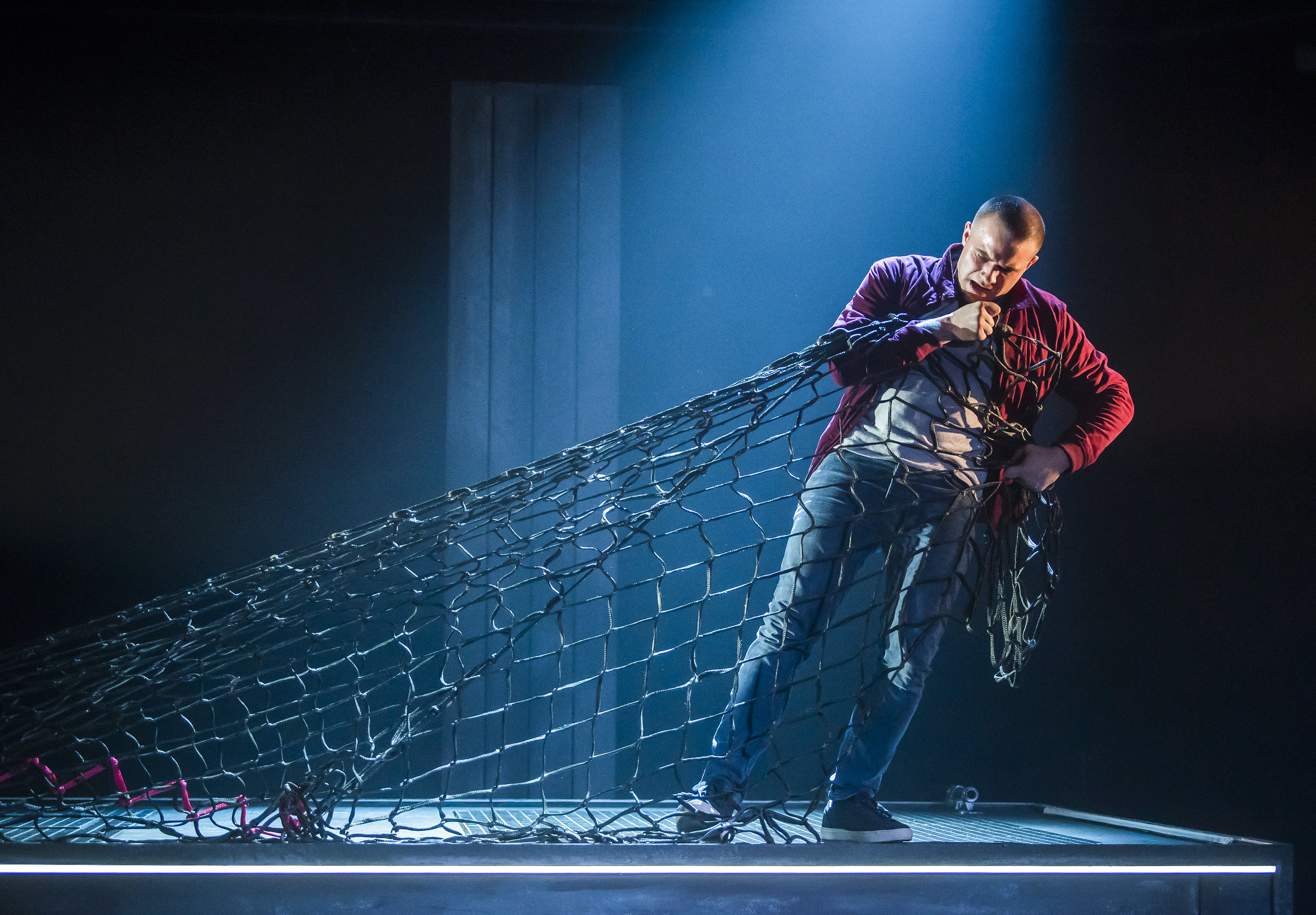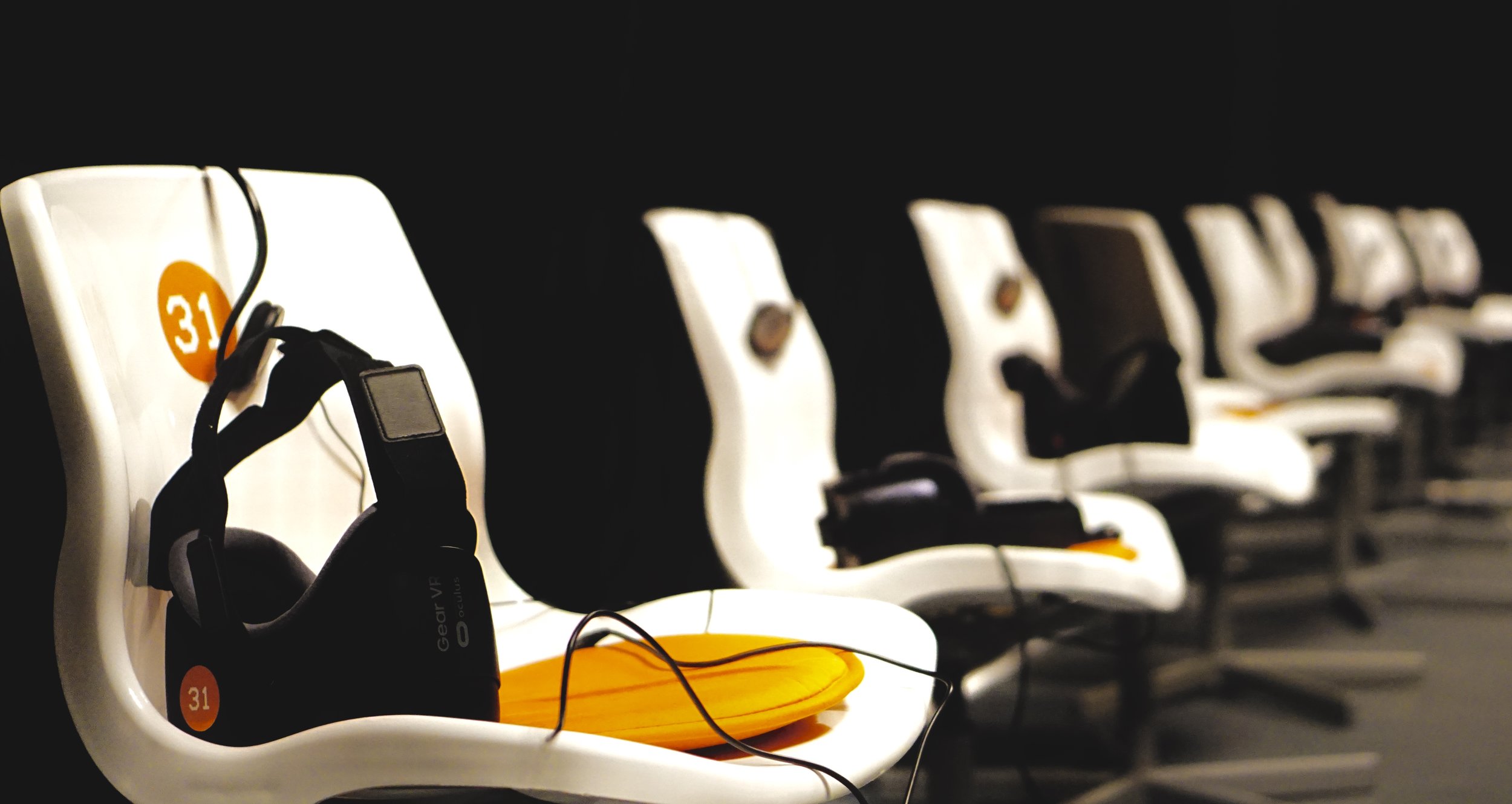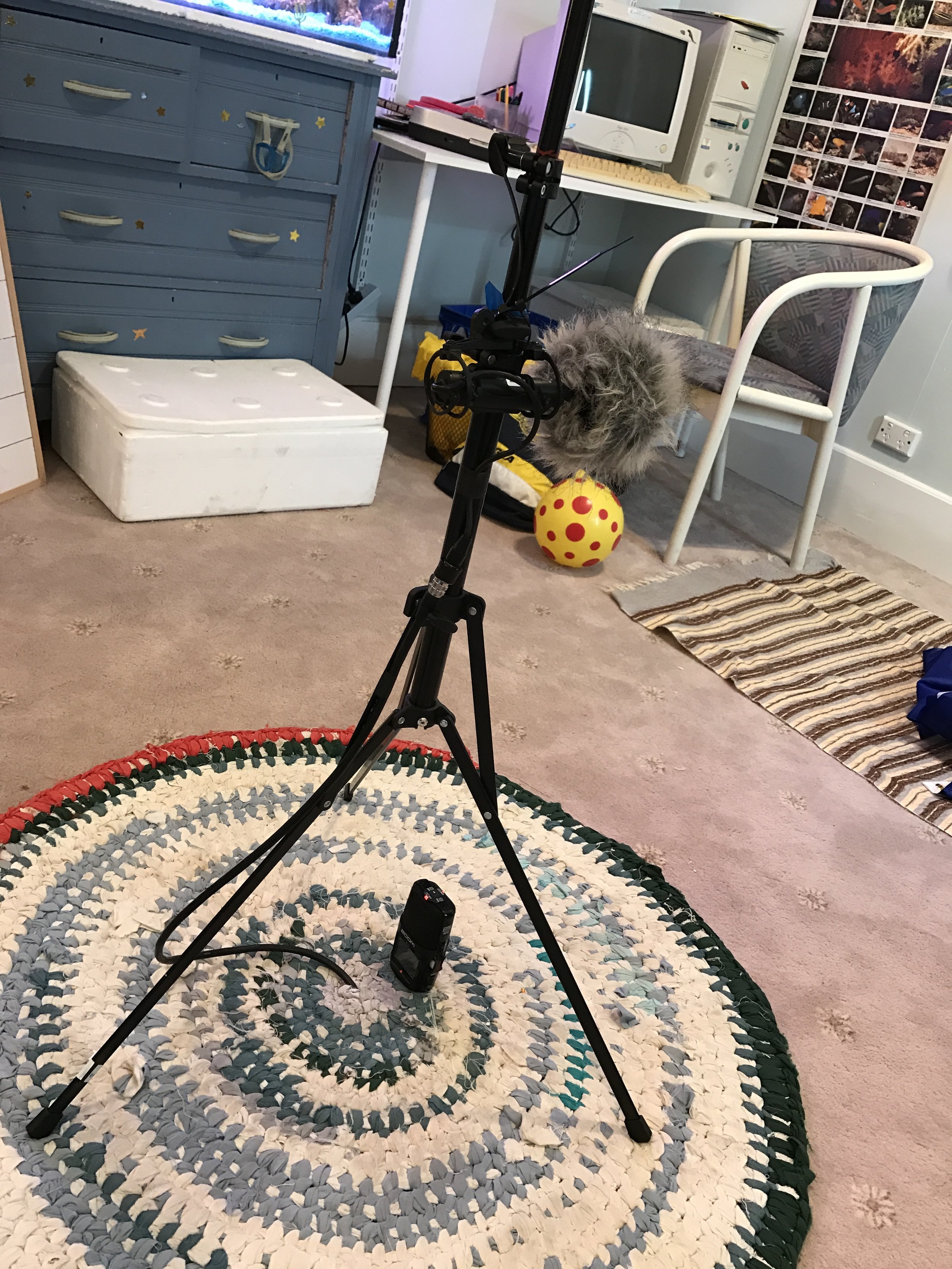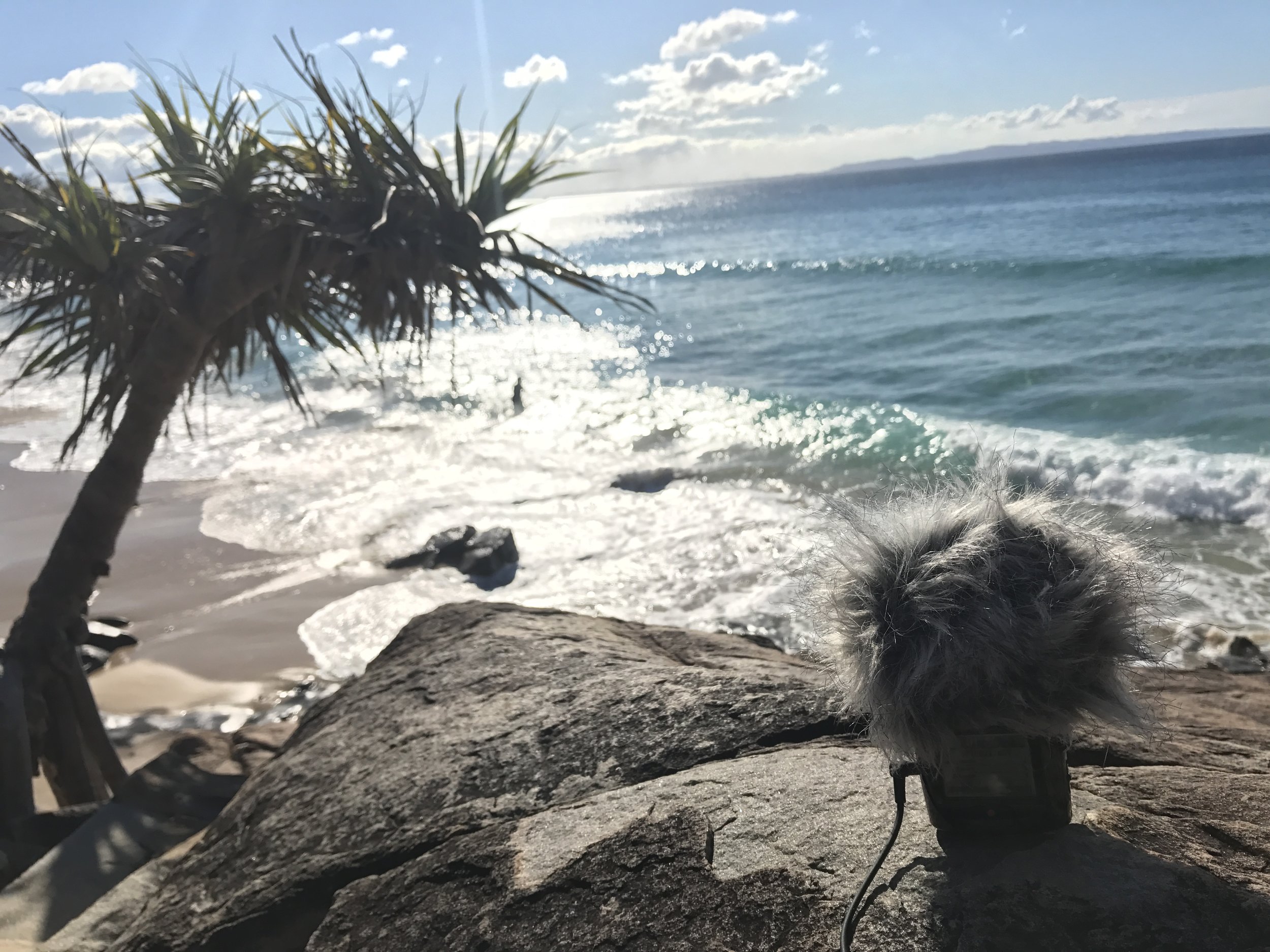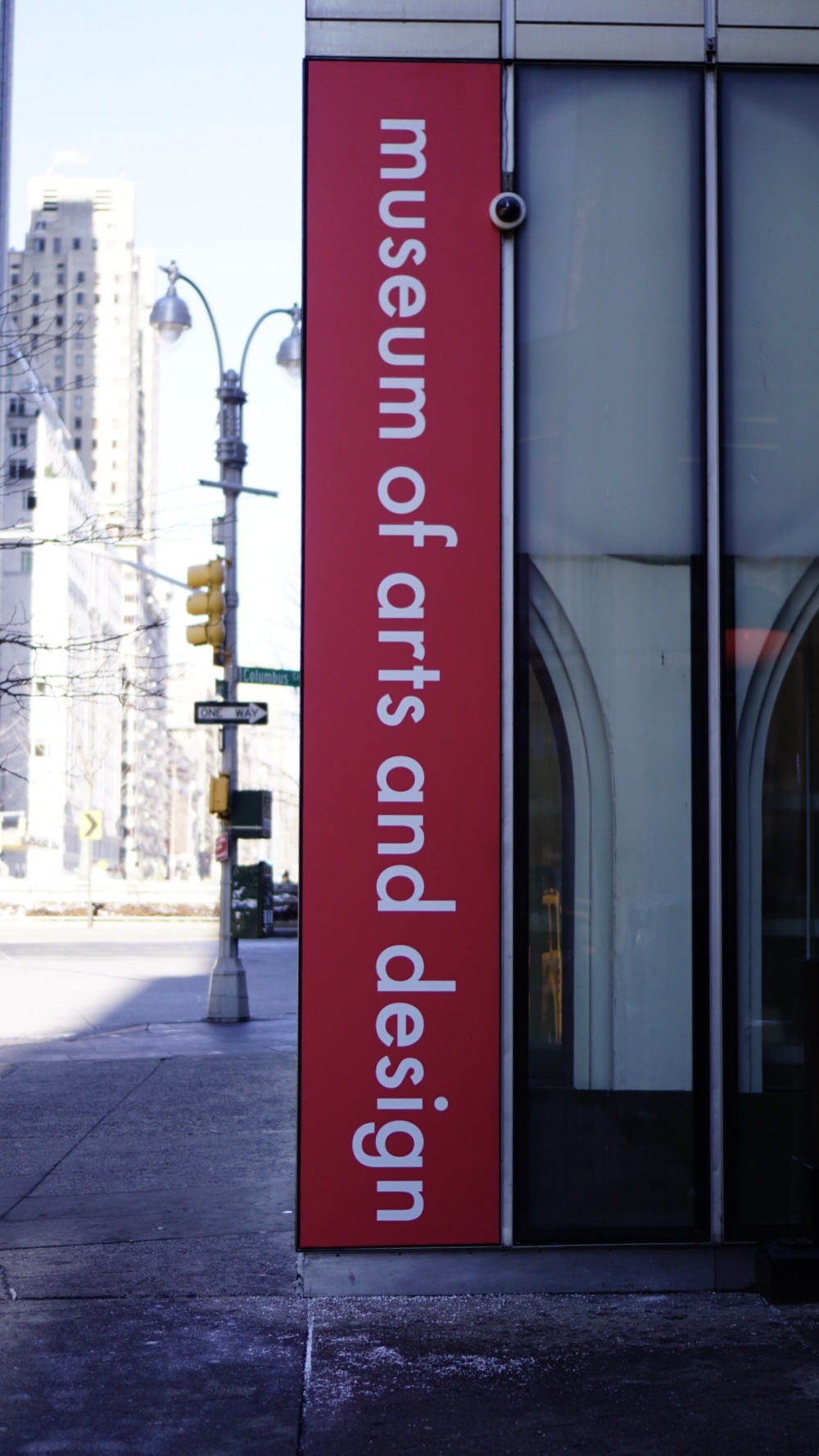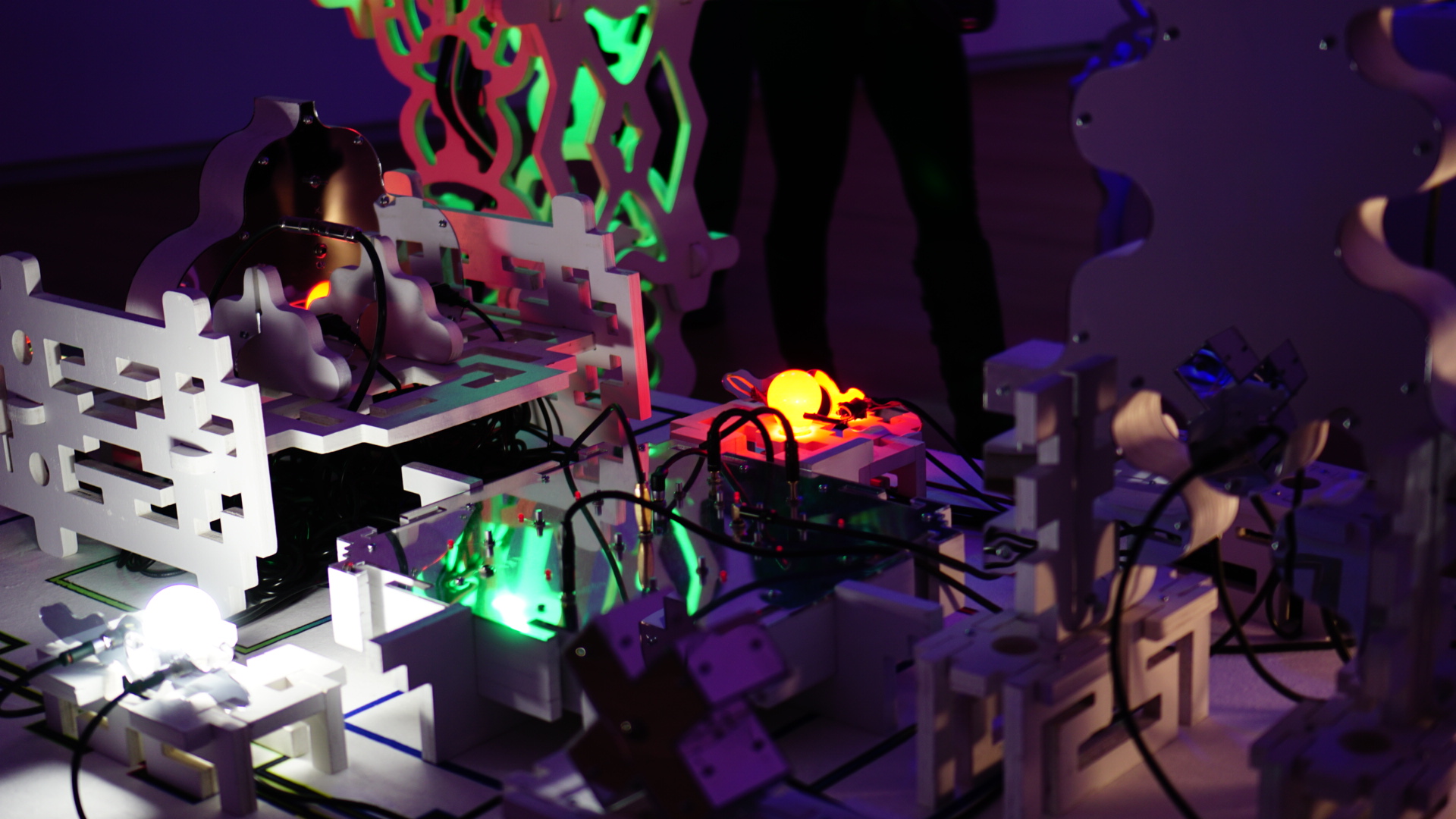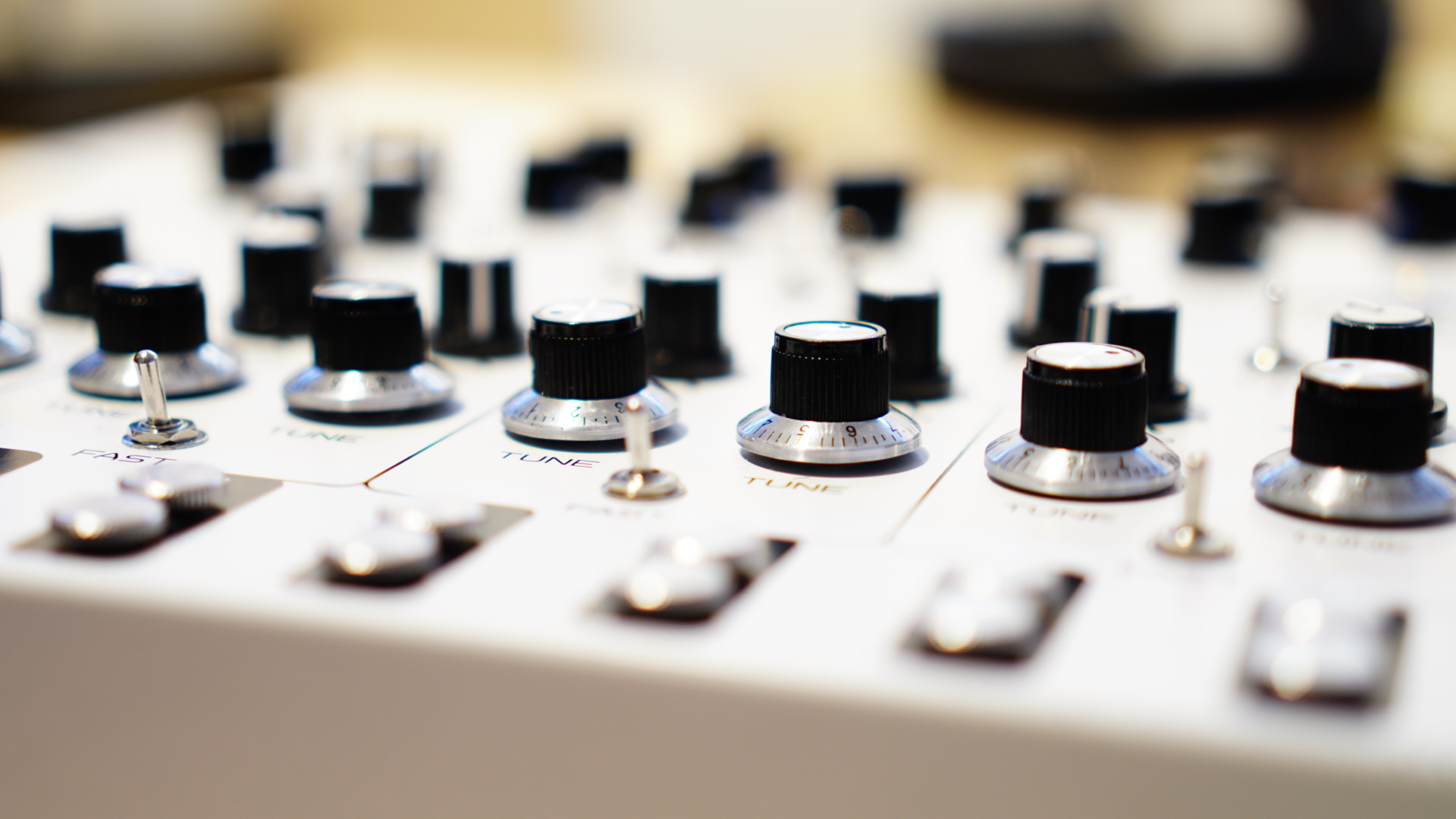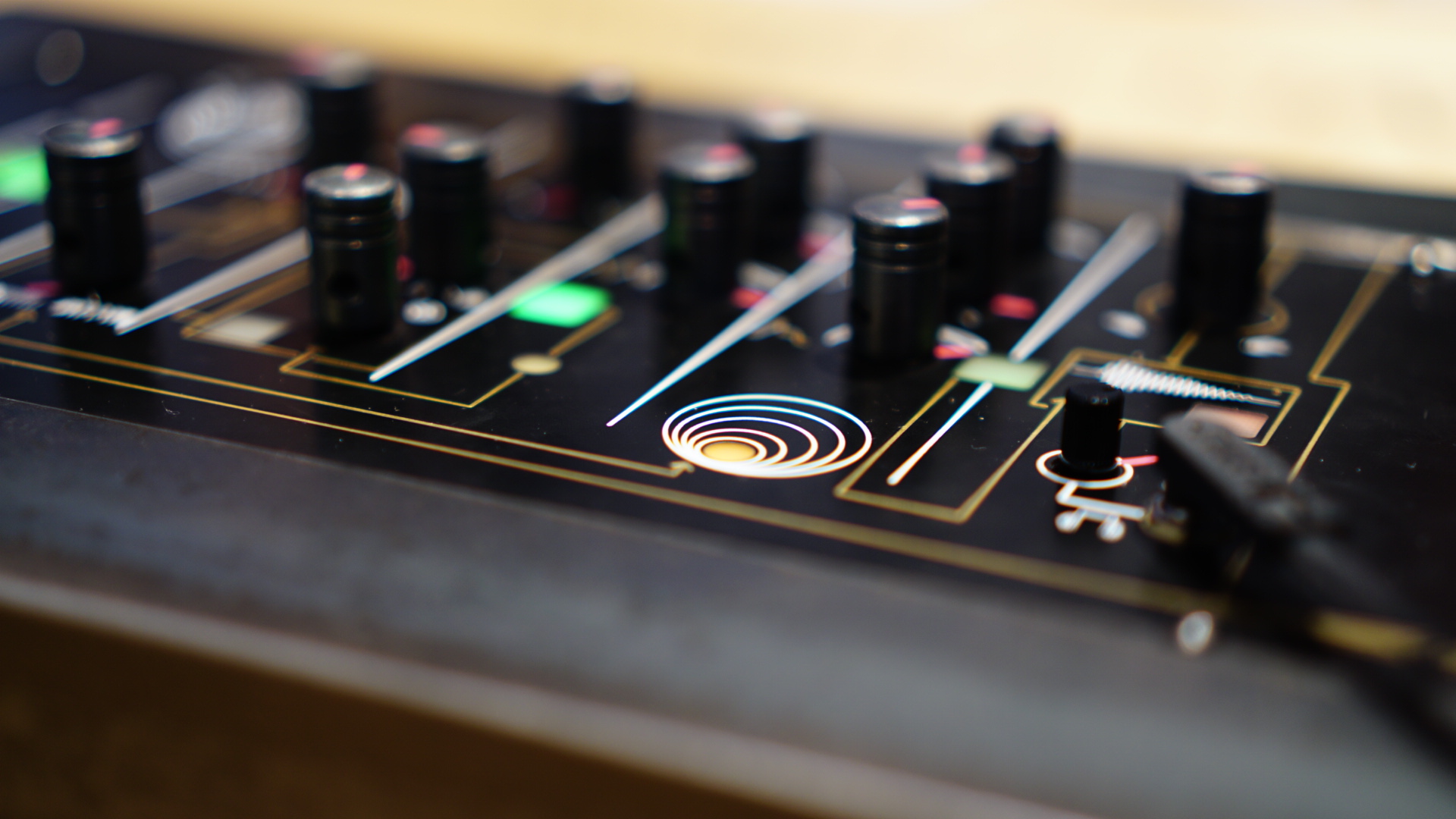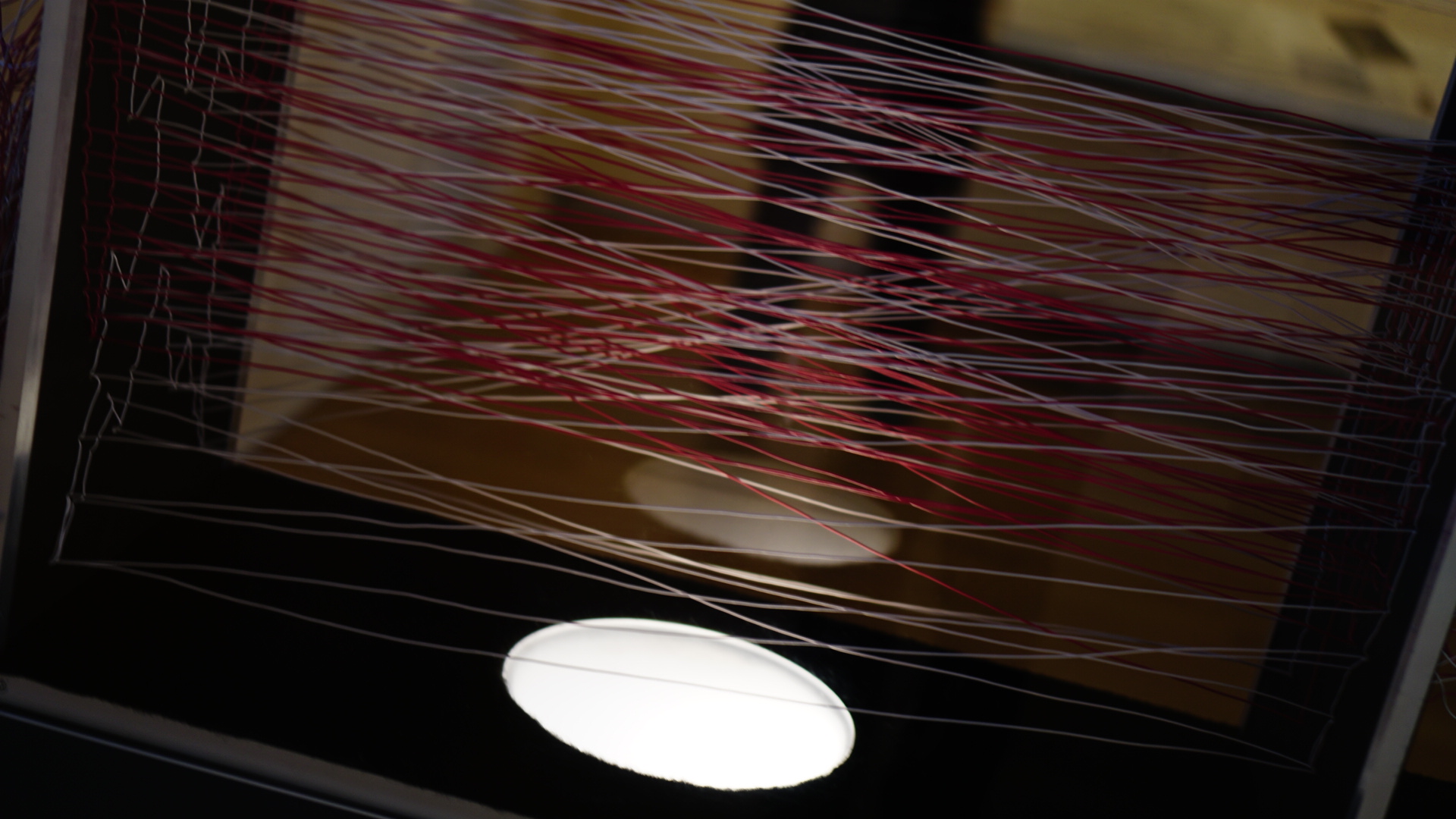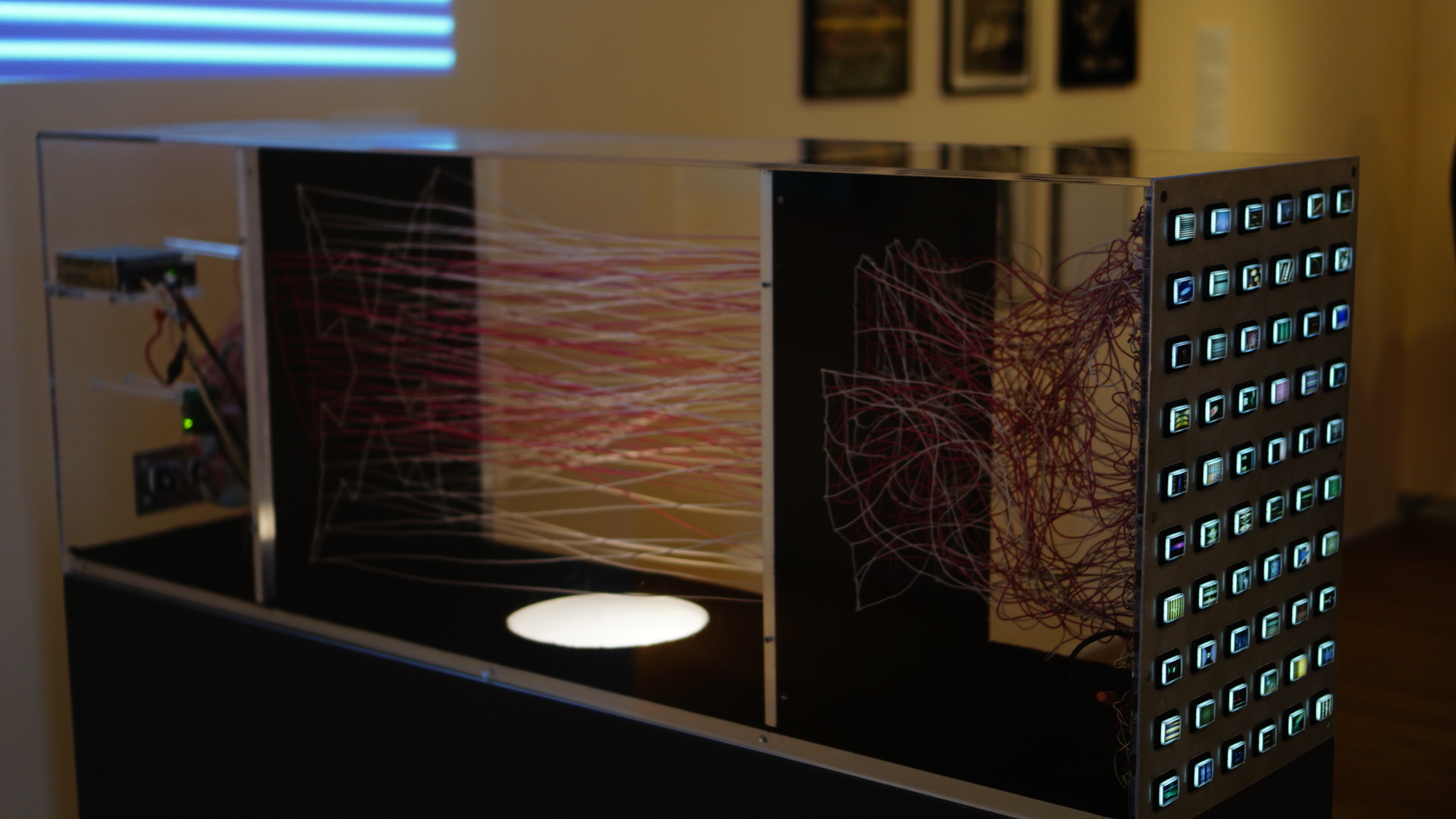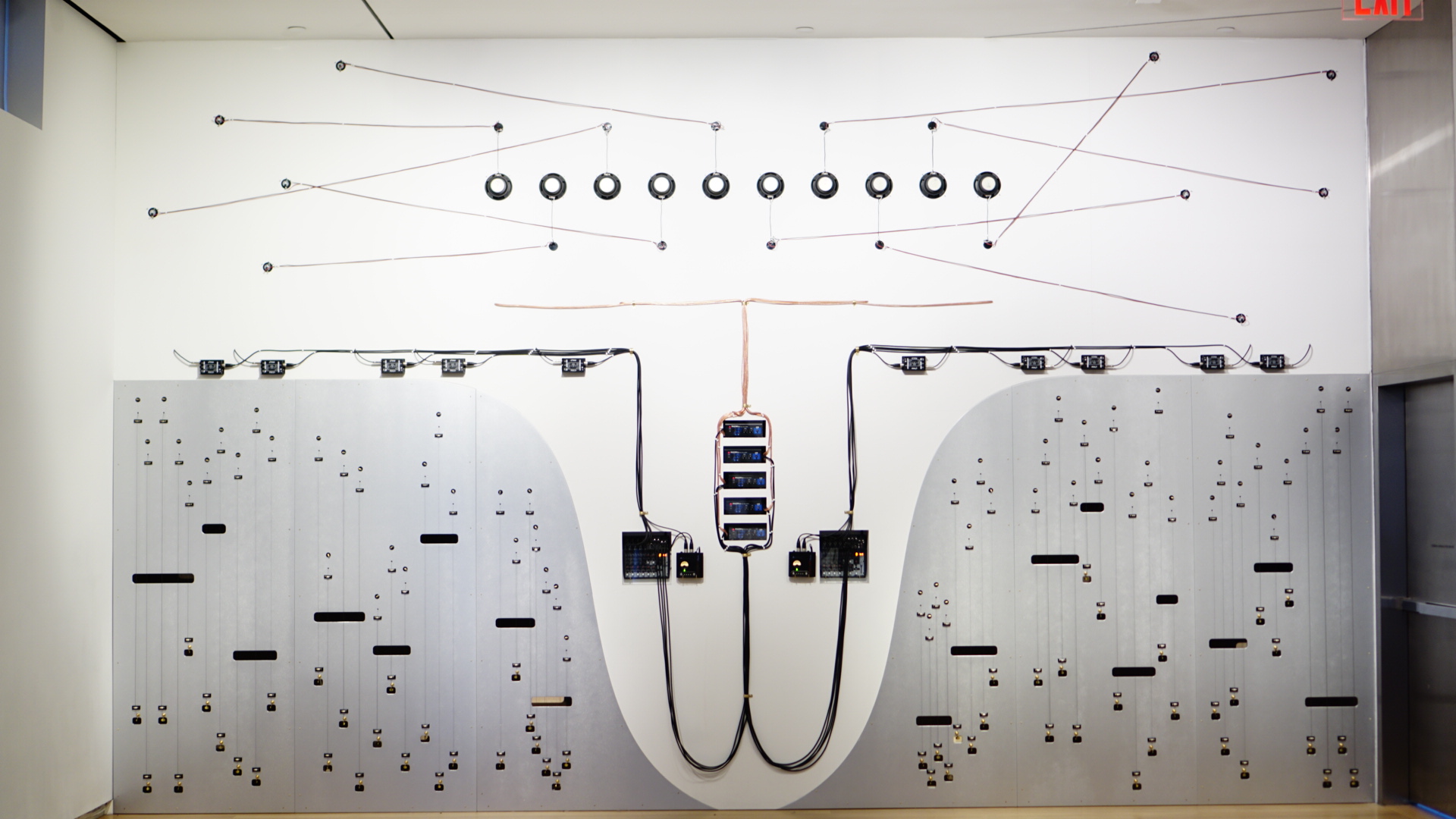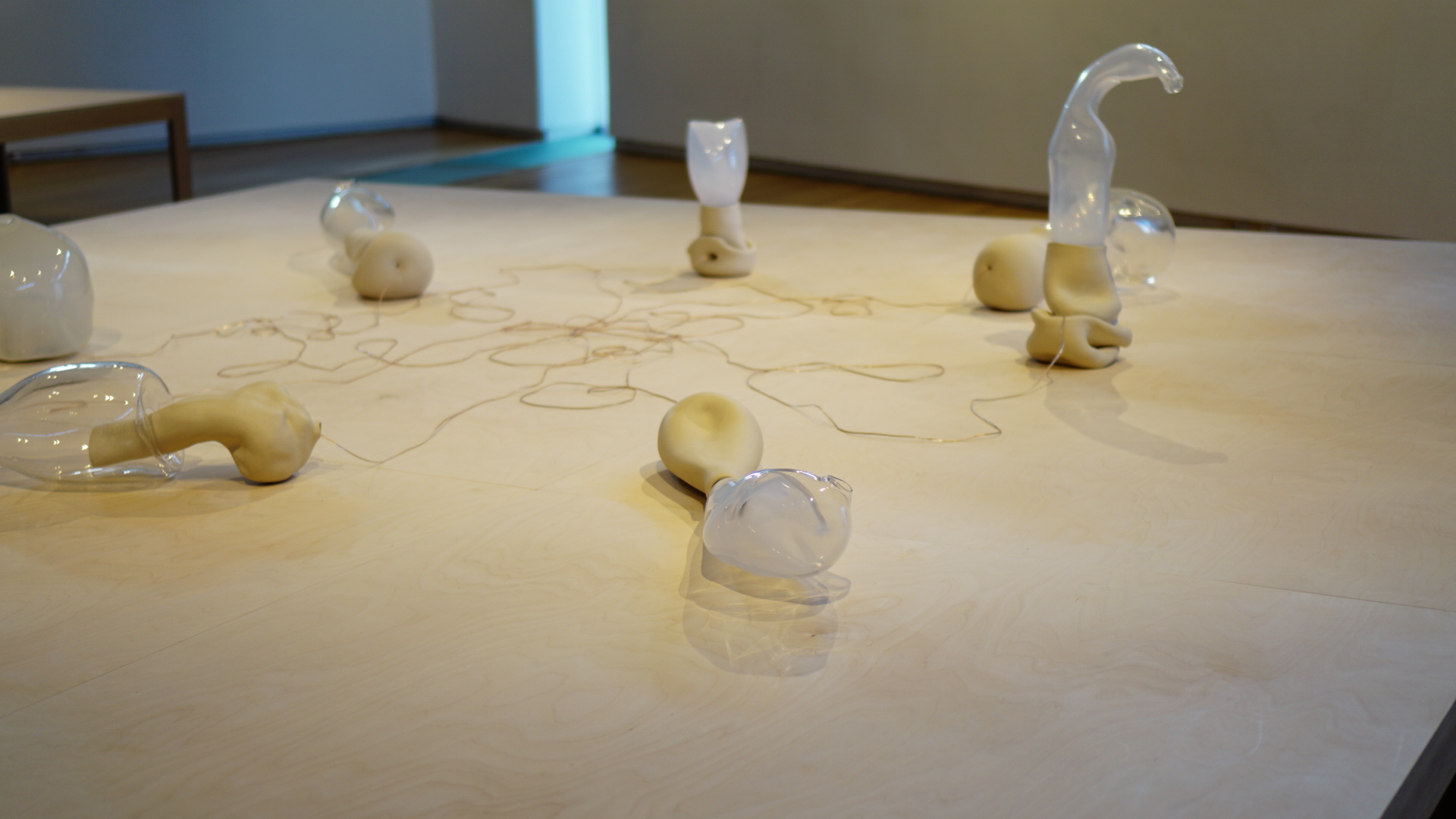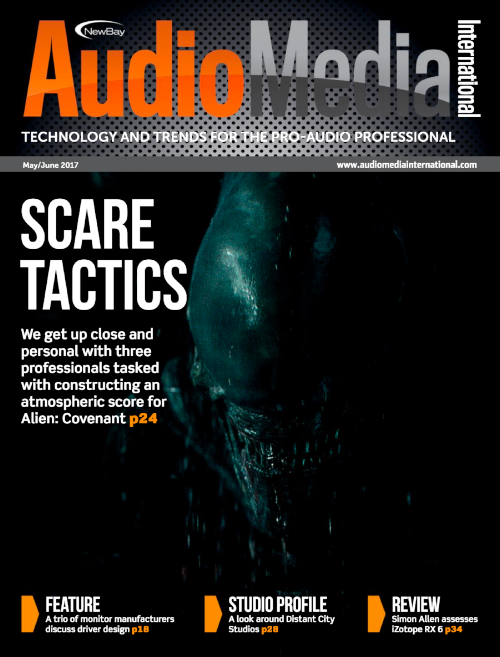SOUND DESIGN
https://www.asoundeffect.com/randy-thom-screenwriting-for-sound/
I really enjoyed this article from Randy Thom about the use of Sound as a Storytelling tool, especially his thoughts on early collaboration and inspiration for Sound or Visuals coming from one or the other. In Theatre the time scale of creating a show and it’s Sound Design is quite different to film, but we also occasionally come across the same points he raises here, scripts that define sounds very specifically can sometimes be less ‘Sound friendly’ than initially thought. The more evocative stage directions, and especially those that suggest we need to relate the emotion of a certain character to the audience, often prove to be more inspiring.
It brings up a couple of thoughts around devised work and working in rehearsals. I’ve done a lot of designing in rehearsal rooms as I love get inspired in there and throw ideas in. Devising lends itself to that style of process, there are opportunities to experiment and explore ideas with an essence of freedom, we’re creating a piece together from the story level up and from a Sound perspective, we are relatively quick at changing content and trying ideas on the spot, in comparison to say trying to immediately change part of the Set Design. In any process it depends on how a Director would like to use Sound in their rehearsal, but I do think that scripted work can still have this level of exploration, even without specifically scripted sound ideas.
In terms of pre-production phases in Theatre I think it’s perhaps in short workshops where we get the opportunity to offer what Sound Design can be used for to a Writer and Director, sometimes just through conversations, but to be able to try an idea on the fly in front of them, can effect what comes out of the writing too. One example I think of is a show called The White Bike Written by Tamara Von Werthern, Directed by Lily McLeish. I absolutely loved the script before we had begun and Sound would be needed throughout, but after a week long workshop Tamara took the script away and began using sound as an inspiration of what she could allow an audience to feel through the main character, so we came back to it much more on the same page as one another, more descriptive thoughts about how a sound might be affecting the character from her perspective.



